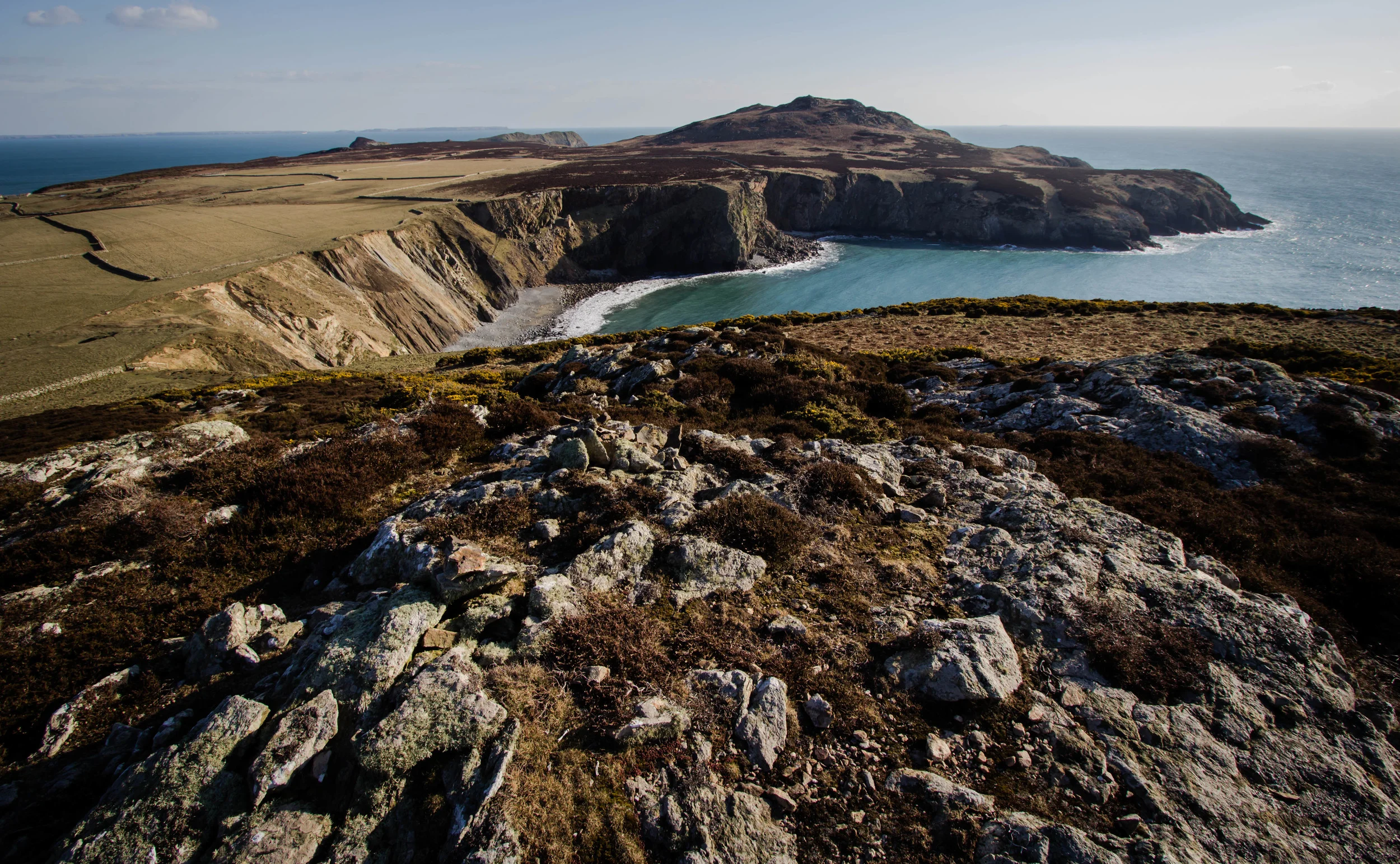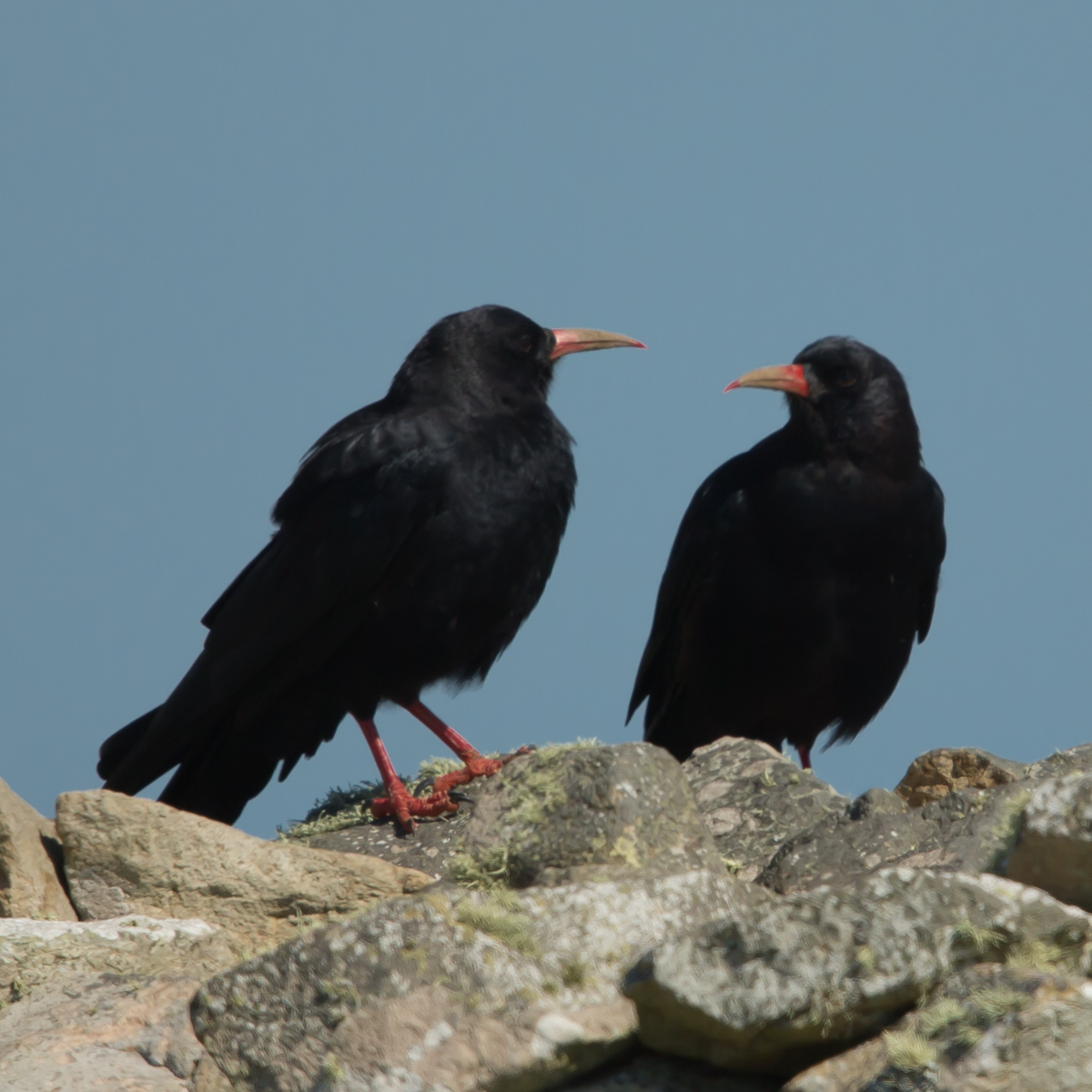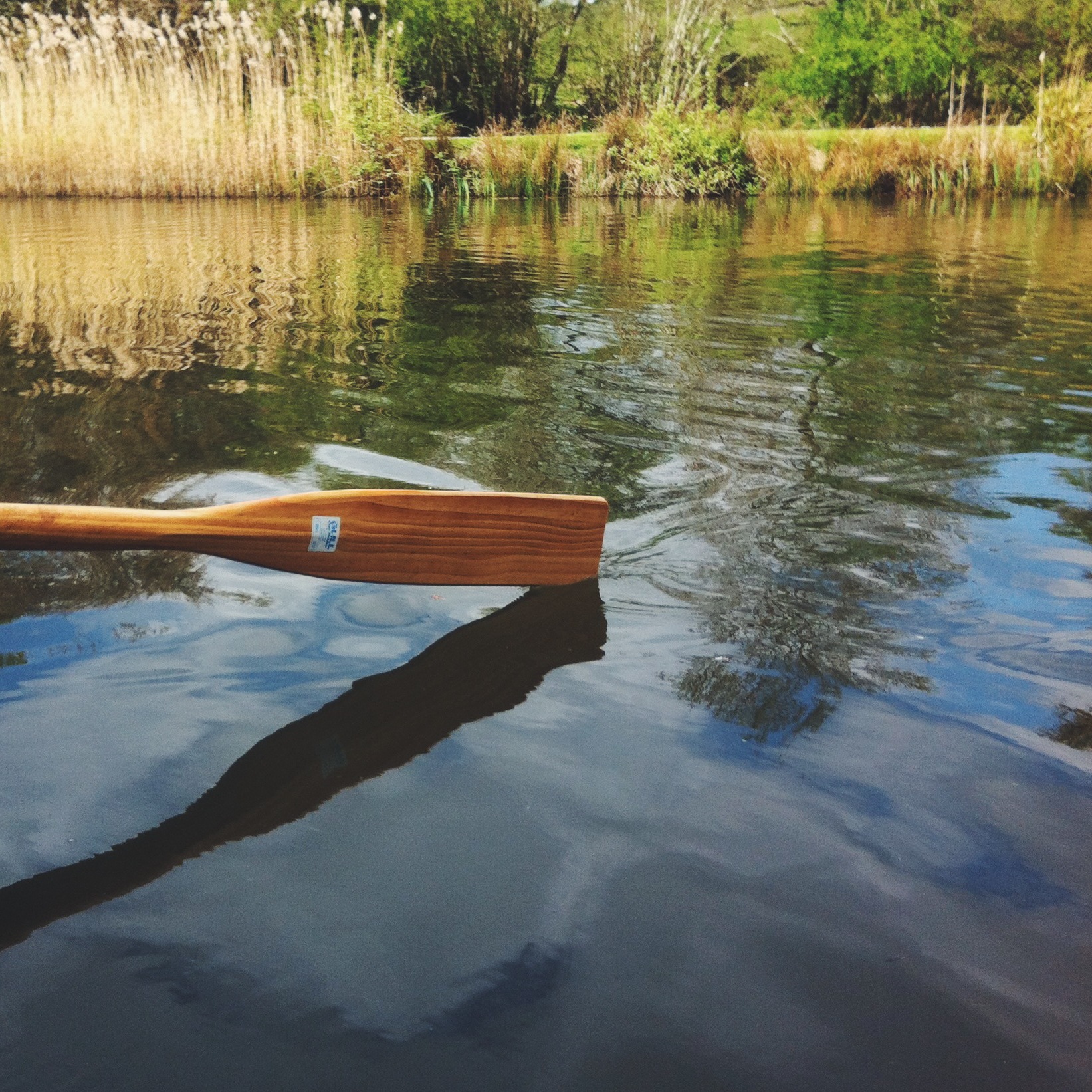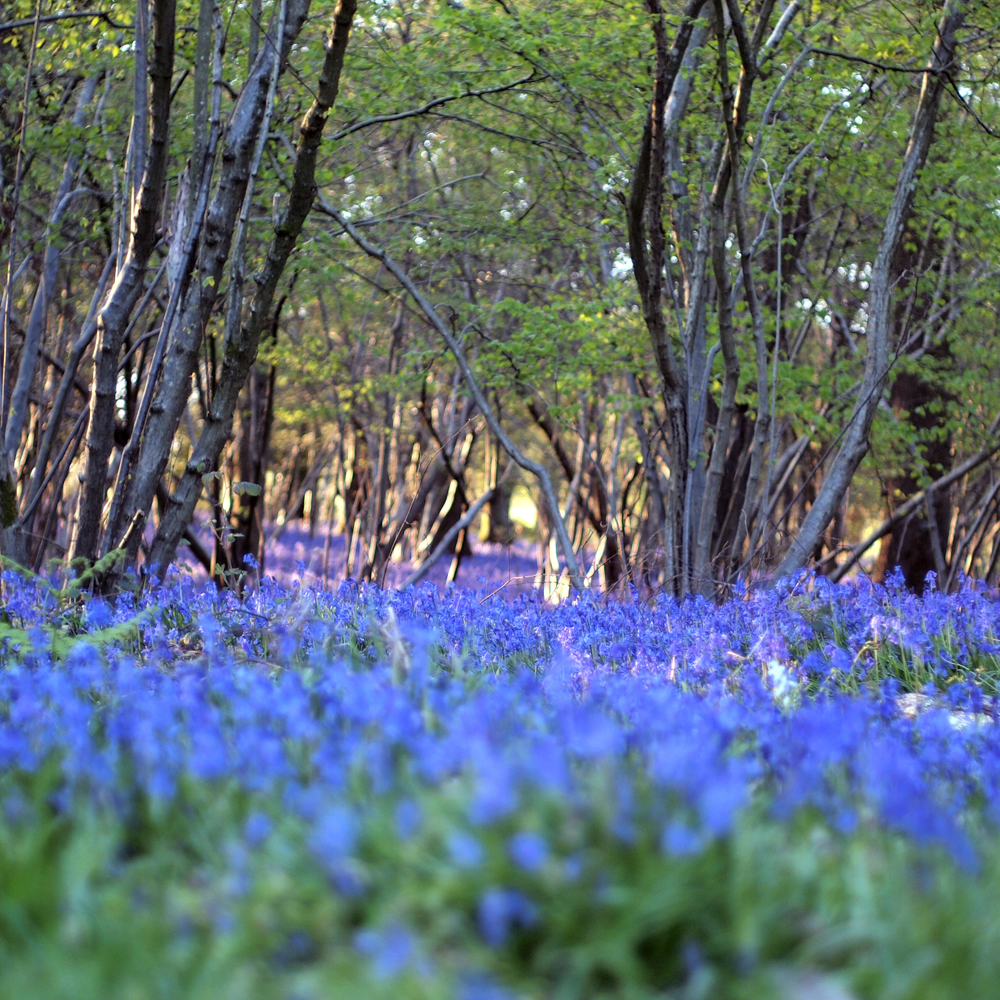Waking up to the smell of the forest and a percolating campfire coffee, trudging unknown lands, rustling up one-pot meals and settling down for a night's sleep beneath the stars – is there anything better? Of course there isn't. Here's our guide to the perfect camping essentials for all your outdoor needs...
Raincoat
While we don’t want to tempt fate and dampen the rather splendid weather we have been enjoying in recent weeks, lets face it, it’s better to be safe than sorry when it comes to the unpredictability of the British weather. Pack this rather fetching RAINS Denmark raincoat and you’re guaranteed to be prepared for those surprise downpours.
RAINS Denmark Rain Coat, Special Edition in Navy & Yellow, Harrison & Fyfe, £84
Washbag
This functional and handsome wash bag by Swedish design duo Sandqvist is made from heavy duty canvas and Cognac leather and is built to last. Use it to store your essential camping grooming items when space is restricted.
Sandqvist Adrian Wash Bag, Harrison & Fyfe, £59
Kelly Kettle
A timeless and cracking bit of camping kit, this classic camping kettle has been fuelling generations of fisherman off the West coast of Ireland since the late 1800s. It is lightweight and portable and this large Base Camp model can hold up to 1.6ltr of water - morning brews all round!
Kelly Kettle, Baker + Bell, £50
Cooking set
This two-piece cook set combines both a mug and lid pan, allowing you to cook two things at once, ideal when you’re short on both time and camping fuel and eager to get moving. It is made from titanium which means its lightweight and easy to carry and it will even store other items from the Vargo cookware set, when you are limited on space in your camping rucksack.
Vargo Ti Boiler, Pedal + Tread, £49.95
Spork
We love a good spork here at Ernest, an ingenious bit of camping kit that kills two birds with one stone by combining both fork and spoon. Its the perfect utensil for eating hot baked beans cooked over the campfire, or anything else you desire to eat campside. This one by Vargo folds up making it even more compact to transport.
Vargo Foldable Spork, Pedal + Tread, £11.95
Shorts
These sharp looking summer chino shorts are the perfect bit of campsite clothing when the Great British weather is on your side. Made from Italian milled cotton, trimmed with Swiss hardware and lined with English Liberty Shirting fabric, they are ultra comfy.
Summer Grey Chino Shorts, Spoke, £45
Cooler bag
Good old Les is built to last from the hardiest of all sheep wool, the Herdwick. He’s also been proven to keep ice frozen for up to eight hours, which means hes the perfect travelling food storage device when camping.
Les Canvas Cooler Bag, Millican, £95
Notebook
This pack of assorted notebooks, handmade in Britain by the Society of Revisionist Typographers are exclusive to the chaps over at Pedal and Tread and are perfect for recording campfire notes. Their inspired covers adorned with quotes from the likes of our namesake Mr Hemmingway are sure to ignite your inner wanderlust. The Mountains are calling, GO!
SORT notebooks, 3 designs per pack, Pedal + Tread, £7





































